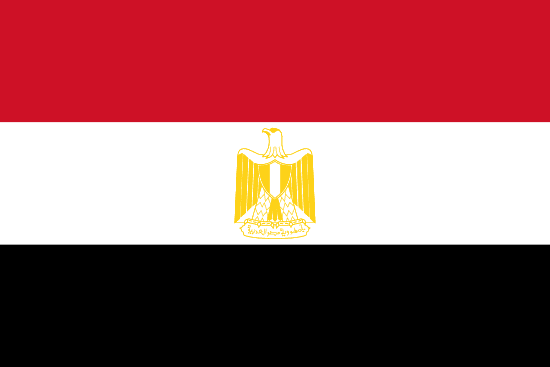"أهلاً بك في الجيزة، بوابة الأهرامات | Welcome to Giza, the gateway to the Pyramids"
About:
Giza, Egypt, one of the oldest cities in history, was founded around 2500 BC as part of the Old Kingdom of Egypt. Known for the Giza Plateau, it houses the iconic Great Pyramids and the Sphinx, representing ancient Egyptian civilization. It was the necropolis for Memphis, the Pharaoh's capital. Over centuries, Giza witnessed various rulers, including Romans, Ottomans, and British. Today, it's a major cultural and economic hub, attracting tourists worldwide, while retaining its historical significance.
When to visit:
Giza, home to the iconic pyramids and Sphinx, is a popular tourist destination in Egypt. The best time to visit Giza is during the winter months from November to February when the weather is mild and comfortable for exploring the ancient sites. This period also coincides with the peak tourist season, offering a vibrant atmosphere with various cultural events and festivals. However, it is important to note that crowds can be larger during this time, so early morning visits are recommended to avoid the busiest times at the attractions.
When to avoid:
Traveling to Giza, Egypt during major holidays, such as Ramadan or Eid al-Fitr, can be challenging due to the increased number of visitors and crowds at popular attractions. The high temperatures during the summer months, particularly in July and August, can also make sightseeing uncomfortable for many travelers. Additionally, hotel prices tend to be higher during peak holiday seasons, making it more expensive to stay in the area. To avoid the crowds and soaring temperatures, it is recommended to plan your visit to Giza during the shoulder seasons of spring or fall for a more pleasant experience.
Winter (Dec-Feb)
Giza, Egypt experiences its coldest and wettest period from December to February. During this time, temperatures range between 50-68°F (10-20°C). Rainfall is minimal, averaging only about 4mm in December. The days are shorter with around 10 hours of daylight, but the sun is often out, offering a soft glow amidst the occasional cloud cover. An average day for a visitor would involve cool mornings and evenings, with mildly warm afternoons. There might be light showers, but these are rare and brief. The weather is generally pleasant for sightseeing, especially visiting the iconic pyramids.
"Summer (May–October)"
In Giza, Egypt, the warmest part of the year is from May to September with the peak in July and August. During this period, daytime temperatures typically range from 32°C to 40°C (90°F to 104°F), while nighttime temperatures drop to around 20°C to 22°C (68°F to 72°F). Rainfall is virtually non-existent during these months, as Giza is located in a desert region. The city experiences abundant sunlight with an average of 10-11 hours of daylight per day. Humidity is generally low, often below 40%, causing the heat to feel more bearable.
As for cloudiness, clear blue skies dominate, with only occasional clouds. For a visitor, a typical day would feel intensely hot, especially in the afternoon. However, the dryness of the air makes the heat feel less oppressive than in more humid climates. It's advisable to wear light, breathable clothing, stay hydrated, and avoid prolonged exposure to the sun during peak hours. The evenings are more comfortable, making it an ideal time for outdoor activities and exploration.
Language:
In Giza, Egypt, the most commonly spoken language is Egyptian Arabic, a dialect of Modern Standard Arabic. This is the national language of Egypt and is used in daily conversation. English and French are also spoken to a lesser extent, particularly in the tourism industry and among the educated population.




